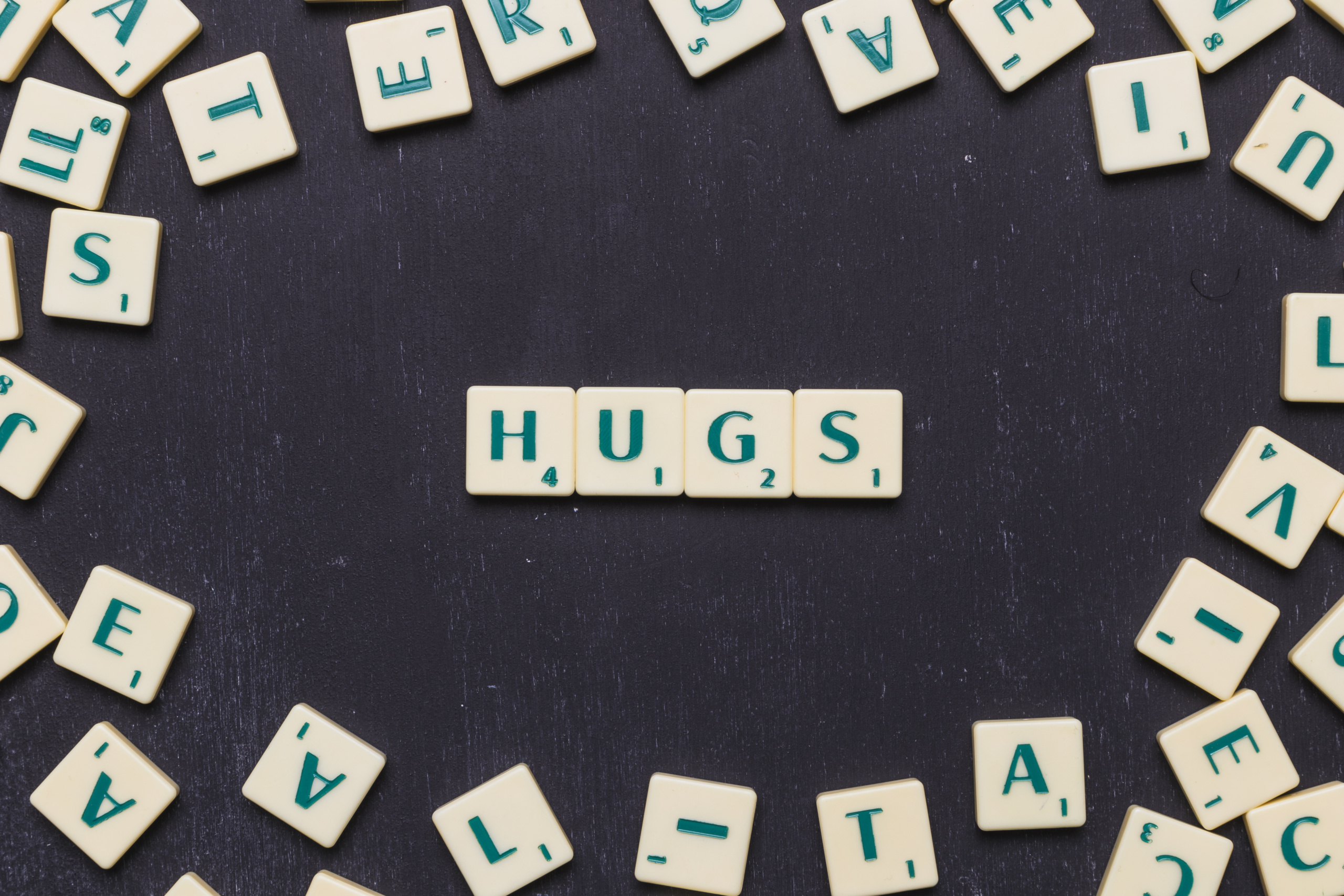Title: “Kadosh: More Than Just a Word, It’s a Feeling”
Have you ever heard the word “kadosh” and wondered if it was a term from a secret society or maybe some ancient language that only a few chosen people know? I get it. The first time I stumbled upon the word, I was deep in a rabbit hole of obscure words and phrases. It sounded so mystical, like something you’d find in a sacred text or a forgotten ancient scroll. But, as I dug deeper, I realized that kadosh wasn’t just a word—it was a whole feeling, a state of being, and a concept that carried a profound weight.
So, let’s take a moment and break it down. What does “kadosh” really mean? And why, in the grand scheme of things, is it more important than we might think?
What Does “Kadosh” Mean?
Let’s start with the basics. In the Hebrew language, kadosh (קָדוֹשׁ) translates to “holy,” “sacred,” or “set apart.” It’s a word that pops up throughout the Bible, often to describe God’s nature, the divine, or something that’s been consecrated for a higher purpose. You know, all the important stuff. But when you break it down even further, kadosh goes beyond just being a label for something holy. It’s a concept that’s about being distinct, separate from the mundane, and totally dedicated to something higher.
Now, I’m sure you’re thinking, “That’s great, but what does this have to do with my life, my day-to-day grind?” I get you. The word kadosh sounds heavy—spiritual even—and while we’re all trying to keep our lives together in the chaos of this world, it might feel a little disconnected from the reality of balancing work, relationships, and laundry. But hang with me for a second.
Kadosh and Its Connection to the Divine
At its core, kadosh isn’t just about the divine or the otherworldly—it’s about the way we interact with the world around us. In the context of God, kadosh describes something that is pure, untarnished, and wholly dedicated to a purpose that transcends ordinary life. It’s the idea of being so deeply aligned with a greater purpose that everything else fades into the background. In essence, kadosh represents the kind of purity and sanctity that can’t be shaken by the mundane distractions of everyday life.
Think of it like this: imagine you’re a character in a movie, and everything around you is chaotic, noisy, and filled with distractions. Now, picture that there’s one thing, one central goal, that keeps you grounded and focused. That’s your kadosh moment. It’s that thing that sets you apart, that holds you to a higher standard, a higher calling. Whether that calling is your faith, your work, or your relationship, kadosh is what allows you to stand strong in your truth.
The Dual Meaning of “Holy” and “Set Apart”
When we say something is kadosh, we’re essentially saying that it’s been set apart for something special, reserved for a divine or higher purpose. You’ve probably heard the phrase “set apart” in a spiritual context, but have you ever stopped to think about what it really means? In a world where everything feels like it’s fighting for attention—whether it’s a social media post, an email, or a phone call—kadosh is the idea that there is something worth dedicating ourselves to that is not distracted by the noise.
To be “set apart” is to choose focus. It’s to choose to live with intention, and it’s something that every single one of us, no matter our background, can understand and aspire to. Think about it: we all have moments where we’re hyper-focused on something meaningful, whether it’s a project at work or a conversation with a loved one. In those moments, we are, in a way, embodying the essence of kadosh—we are set apart, focused on something greater than the distractions around us.
Kadosh and Its Role in Community
The beauty of kadosh extends beyond individual purpose. It’s not just about being set apart as an individual; it’s also about community and collective purpose. In many Jewish traditions, the concept of holiness, of being kadosh, isn’t just reserved for individuals but for the people as a whole. When a community comes together in faith or in pursuit of a shared goal, there’s a certain holiness that envelops the group. It’s a shared energy, a collective intention, that binds them together in a way that is sacred.
Imagine a group of people—family, friends, even strangers—gathering for a cause, a celebration, or a ritual that transcends the mundane aspects of life. The idea is that, when we gather in pursuit of something higher, we are all participating in the holiness of the moment. We become a reflection of kadosh—set apart, not for any ordinary reason, but for a purpose that elevates us.
Kadosh in Everyday Life: Can We Make Space for the Sacred?
You might be wondering, “Okay, I get it. Kadosh means holy, set apart, and all that good stuff. But what does that have to do with me? I don’t have time for rituals or sacred moments every day. My life is messy and loud, and I’m just trying to survive.”
I hear you. Life is busy. It’s a constant juggling act of responsibilities, commitments, and expectations. But here’s the thing: kadosh doesn’t have to be confined to a synagogue, a church, or a temple. It doesn’t have to be a part of some grand religious ritual. Kadosh can be found in the small, sacred moments of your life, if you’re willing to create space for them.
Think about the moments when you feel the most alive, when you feel the most aligned with your purpose. Maybe it’s when you’re deep in a creative project, lost in time, doing something that makes your soul feel full. Maybe it’s when you’re having a heart-to-heart with a loved one, those moments where everything else fades away and you’re just completely in the present. Those are your kadosh moments. They’re not grand or loud, but they’re sacred, they’re set apart, and they make you feel connected to something bigger than yourself.
Kadosh and the Search for Meaning
One of the most powerful things about kadosh is its ability to make us reflect on our own search for meaning. In a world where so much is temporary, where so many things are disposable, we’re all looking for something that lasts—something meaningful. Kadosh reminds us that meaning isn’t something we find in fleeting moments or temporary distractions. True meaning comes from the spaces we create for sacredness—whether that’s in our relationships, our work, or our moments of solitude.
If you’ve ever had one of those epiphanies where everything just clicks, where you finally understand what it’s all about, you’ve had a kadosh moment. It’s that recognition that you’re not just going through the motions. You’re living intentionally, with purpose, and with an understanding that your actions are part of something much greater.
The Power of Kadosh: A Call to Action
So, here’s my invitation to you: look for the kadosh in your life. It’s not about waiting for the perfect moment or for everything to fall into place. It’s about creating moments of holiness, moments where you can be fully present, set apart, and dedicated to something greater than yourself. Whether it’s in your career, your relationships, or even your quiet time, kadosh is an opportunity to live with intention.
Embrace the sacredness of everyday moments. Acknowledge the holiness of what you’re doing, even if it’s as simple as enjoying a cup of coffee or walking in nature. When you do, you might find that the world doesn’t feel as chaotic or distracting anymore. In fact, you may even begin to realize that kadosh was there all along—just waiting for you to recognize it.
So, here’s to living in the kadosh—to being set apart, to living with intention, and to finding holiness in the everyday. Because when we embrace the sacredness of our lives, that’s when we truly begin to live.


